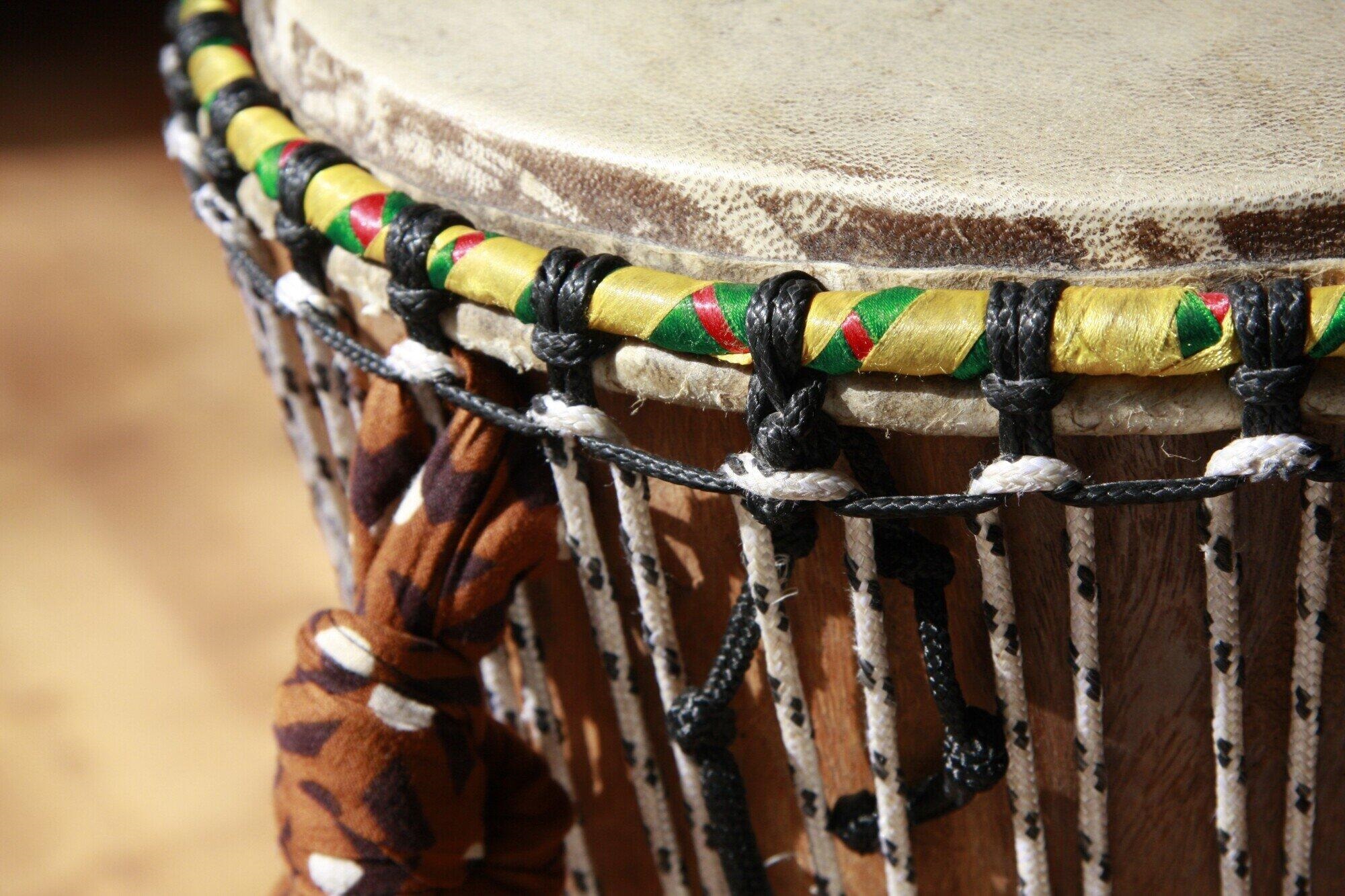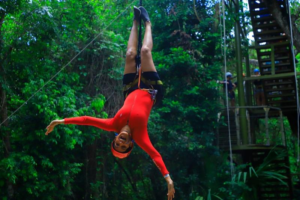Have you ever been curious about the interesting instruments musicians play in various cultures? The most common instruments like guitars and pianos are often in the spotlight. But, there are many lesser-known but just as captivating instruments that are worth discovering.
In this blog post, we will delve into some lesser-known but popular instruments from different parts of the world. From the enchanting sounds of the French horn to the lively rhythms of the Taiko drum, these musical gems provide a peek into the diverse world of music. Read on and discover with us.
The Enigmatic French Horn
The French horn is a brass instrument that often finds its place in classical orchestras. Its origins can be traced back to the 17th century when it was used for hunting calls. Over time, it evolved into a sophisticated musical instrument with a distinct, mellow tone.
History and Evolution
The French horn’s design and functionality have significantly evolved over the centuries. Originally, it had no valves and was limited to producing natural harmonics.
The addition of valves in the 19th century allowed for a greater range of notes. This made it a versatile instrument suitable for various musical genres.
Unique Sound Characteristics
One of the most striking features of the French horns is its rich, warm sound. It has a wide range of notes, from deep, resonant lows to bright, piercing highs. This versatility makes it an essential component in symphonies, film scores, and even jazz ensembles.
Famous French Horn Players
Several renowned musicians have mastered the French horn, contributing to its popularity. Names like Dennis Brain and Hermann Baumann are celebrated for their exceptional skill and have inspired many to take up this beautiful instrument.
The Rhythmic Beats of the Taiko Drum
The Taiko drum is a traditional Japanese percussion instrument known for its powerful, resonant sound. It has been an integral part of Japanese culture for centuries, used in religious ceremonies, festivals, and theatrical performances.
Cultural Significance
Taiko drumming holds a special place in Japanese culture. It is often associated with spiritual rituals and martial arts training. The word “Taiko” itself means “big drum,” and the instrument lives up to its name with its impressive size and sound.
Construction and Design
Taiko drums are typically made from wood and animal hides. The drum’s body is hollowed out from a single log, and the drumheads are stretched tightly over both ends. This construction gives the Taiko its distinctive, thunderous sound.
Modern-Day Performances
Today, Taiko drumming has gained international recognition. Groups like Kodo and Yamato have brought this ancient art form to global stages, mesmerizing audiences with their energetic and synchronized performances.
The Mesmerizing Sitar
The sitar is a stringed instrument from India, known for its complex structure and enchanting sound. It has been a staple in Indian classical music for centuries and has also influenced Western music.
Origins and Development
The sitar traces its origins to the medieval period in India. It developed from earlier instruments like the veena and gained popularity during the Mughal era. Its intricate design and resonant sound have made it a beloved instrument in Indian classical music.
Structure and Mechanism
The sitar’s distinctive sound comes from its long neck, gourd-shaped body, and numerous strings. It typically has 18 to 21 strings, including melody strings, drone strings, and sympathetic strings. The combination of these strings creates a rich, layered sound.
Renowned Sitar Virtuosos
Artists like Ravi Shankar and Anoushka Shankar have brought the sitar to international fame. Their mastery of the instrument and collaborations with Western musicians have introduced the sitar to a global audience.
The Soulful Erhu
The erhu is a traditional Chinese stringed instrument, often referred to as the “Chinese violin.” Its soulful, expressive sound has made it a beloved instrument in Chinese folk and classical music.
Historical Background
The erhu has a history spanning over a thousand years. It originated from the nomadic tribes of Central Asia and gradually became an integral part of Chinese music. Its simple yet elegant design has remained largely unchanged over the centuries.
Playing Technique
The erhu is played with a bow, similar to a violin. However, unlike the violin, the erhu has only two strings and no fingerboard. This unique structure allows for a wide range of expressive techniques, from gentle glides to intense vibratos.
Influence on Modern Music
In recent years, the erhu has found its place in contemporary music. Musicians like Vanessa Mae and Ma Xiaohui have blended traditional erhu sounds with modern genres, creating a fusion that appeals to a diverse audience.
The Enchanting Kora
The kora is a West African stringed instrument that combines elements of the harp and lute. It is known for its intricate melodies and has been a central part of West African music for centuries.
Historical Significance
The kora has deep roots in West African culture, particularly among the Mandinka people. It is traditionally played by griots, who are historians, storytellers, and musicians. The kora’s music often accompanies oral histories, preserving the region’s rich cultural heritage.
Construction and Playability
The kora consists of a large calabash gourd covered with cowhide, with a long hardwood neck attached. It typically has 21 strings, which are plucked with the fingers. The instrument’s design allows for a wide range of melodic and harmonic possibilities.
Global Recognition
Artists like Toumani Diabaté and Ballaké Sissoko have brought the kora to international attention. Their virtuosity and collaborations with musicians from various genres have showcased the kora’s versatility and beauty.
Enjoy the Captivating Sound of These Popular Instruments
Exploring lesser-known yet popular instruments reveals the rich diversity of global music traditions. From the French horn’s mellow tones to the powerful beats of the Taiko drum, each instrument offers unique sounds and stories. The sitar, erhu, and kora show how diverse and beautiful stringed instruments from various cultures can be.
These unique instruments help us explore new sounds and learn more about the colorful world of music. Discovering these different types of instrumentals enriches our understanding of music’s role in human expression.
For more articles on diverse and fascinating topics, visit our blog and delve into a world of intriguing content. Happy reading!





Be First to Comment